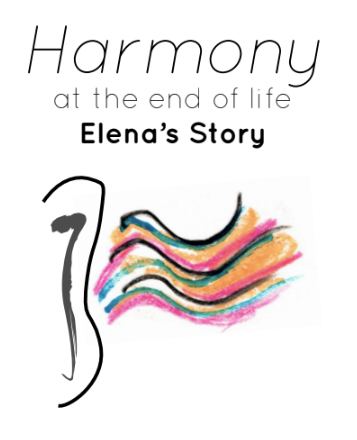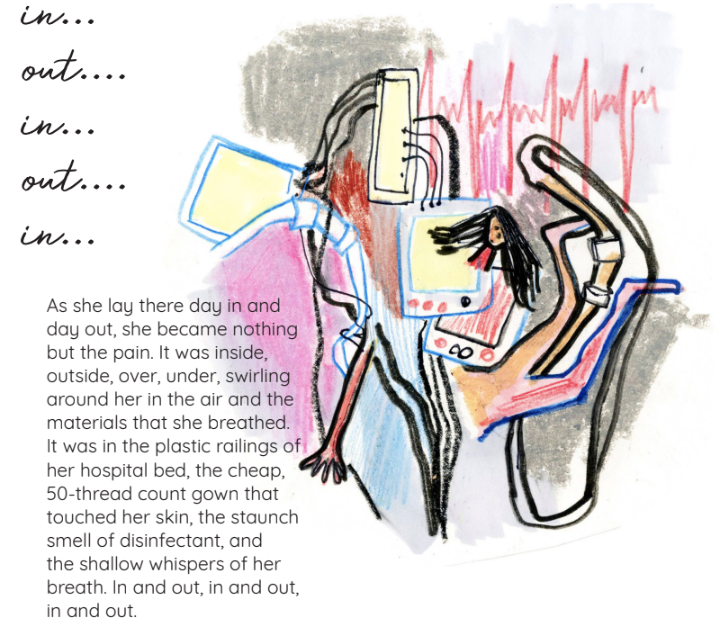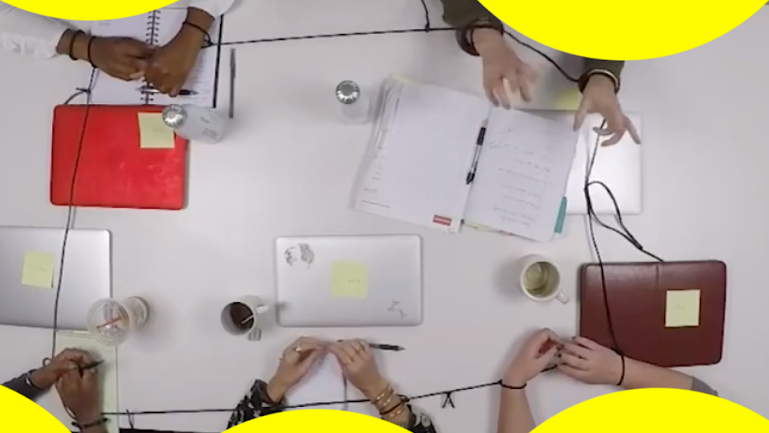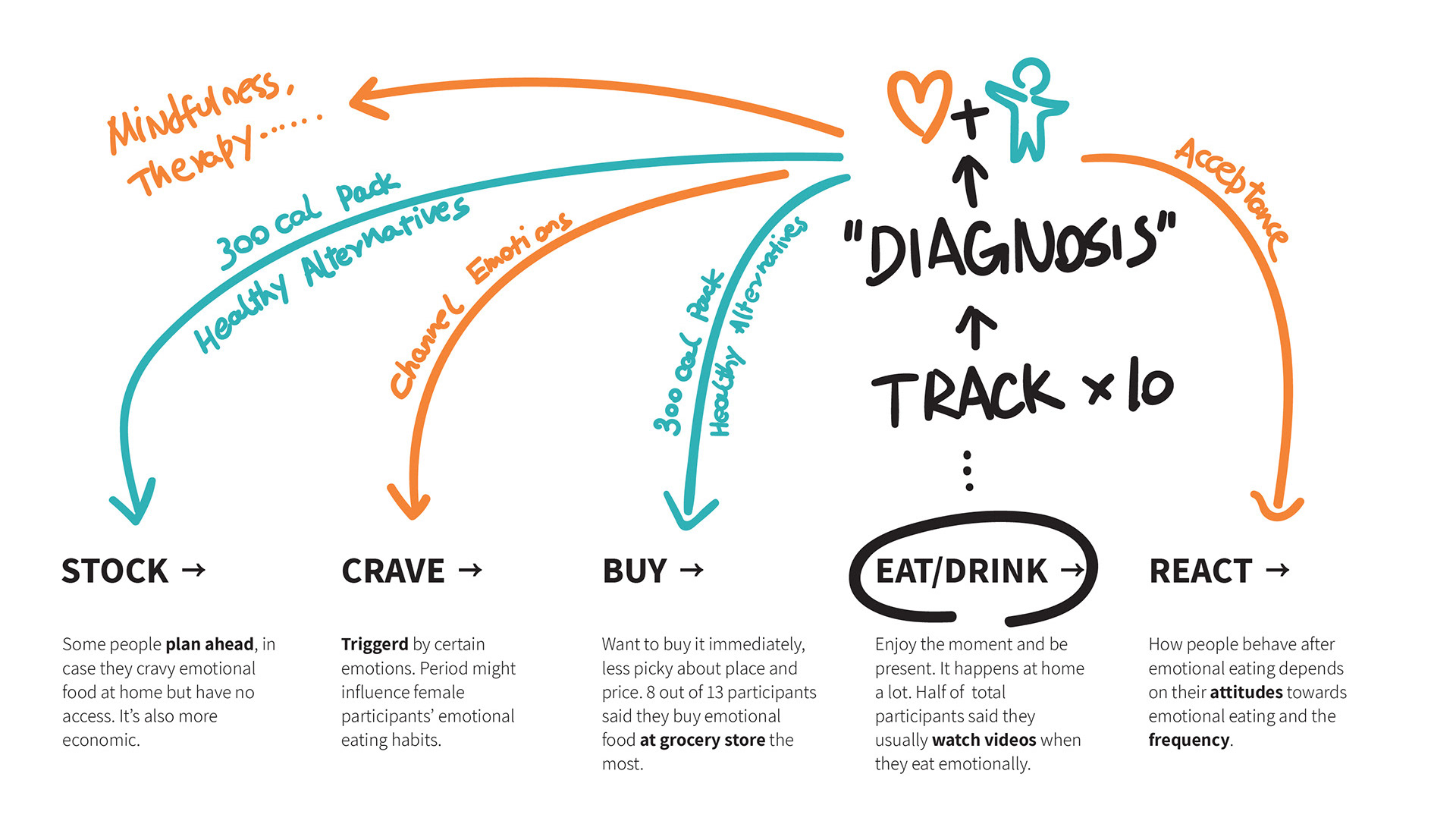Sensory Sanctuary
Roles: Project Manager, Design Strategist, Co-design Researcher, Lead Workshop Facilitator
In collaboration with: Daye Hwang
The project's innovative approach demonstrated how sensory memories and meaningful design can significantly improve end-of-life experiences by creating personalized, comforting environments
My Key Contributions
1). Conducted primary research through World Café methodology with Memorial Sloan Kettering Hospital professionals
2.) Developed design principles focusing on accessibility, spatial aesthetics, and patient empowerment
3.) Created multi-media, participatory design research process involving interviews and workshops
Design Artifacts Developed
1.) Immersive fictional storytelling experience ("Harmony at the End of Life: Elena's Story")
2.) Collaborative workbook with sensory reflection activities
3.) Hanging mobile co-creation methodology
4.) Toolkit for caregivers to design personalized sensory spaces
Core Design Principles
Accessibility across socioeconomic levels
Advocating for spatial aesthetics in healthcare
Empowering patients during physical decline
Research Methodology
Utilized design-led research techniques
Conducted interviews with healthcare professionals and end-of-life doulas
Developed empathy-driven design tools
Facilitated two workshops in New York City
“All our knowledge begins with the senses.”
Immanuel Kant
Synopsis
How might the aesthetics of a room offer comfort at the end of life? How might we use accessible materials like our bodies, reflection, and simple materials to give more people access to the power of sensory details at the end of life?
Meaningful sensory tweaks or “hacks” can expand the capacity of a space for emotional and physical peace for people at the end of life. Through design-led research, we worked with caregivers to create tools to facilitate an intimate, co-creative process to design sensory sanctuaries with their loved ones or clients.
Sensory Sanctuary Primary Research
World Café with doctors & caregivers from Memorial Sloan Kettering Hospital.
Detailed Description
Overall Goals and Key Questions
Primary, secondary, and design-led research was conducted which both discovered the need for more attention to the aesthetics of space and designed ways to empower people to create these spaces for themselves. Our multi-media, iterative, participatory design-led research process involving interviews and workshops, with expert health care professionals and end of life doulas led us to design a toolkit of stories which allowed for more empathy towards a patient's sensory experience at the end of life, a set of meditative prompts which helped guide people to identity special moments, and materials to mediate the reflection between caregivers and their loved ones and translate them into objects which could live in their space. One round of testing and our own training as end of life doulas have revealed new opportunities for the dissemination of this work, while also uncovering new needs for clearer structuring around the process designed. Given several more rounds of testing, we believe that our work has the potential to give more people access to meaningful reflection and making for aesthetic healing at the end of life.
Association for Death Education & Counseling Conference Poster Presentation
Design Principles
Keep financial, logistical, cultural constraints in mind: many people can't afford a doula and opt out of hospice services. We wanted this to be accessible across socioeconomic levels.
Advocate and inform around the importance of spatial aesthetics as a significant factor to emotional and physical comfort at the end of life: A barrier to a lack of attention around meaningful sensory details was the emphasis on physiological health in hospital settings.
Design for opportunities to strengthen a patient's diminished sense of self in hospice and hospitals during physical decline: Hospital environments pay little attention to the sensory experience of their patient given the priority of medical treatment. Feeling disempowered and alienated from their lives that existed prior to this patient state is inevitable.
Insights
After a journey of primary and secondary research, workshops, and a prototyped design intervention, we believe that sensory memories and meaning-making can influence a person's experience at the end of their lives. Guided reflections beginning with sensory memories have the power to shine light on not only difficult discussions at the end of life, but also offer various low-cost yet effective strategies for adjusting one's environment to offer agency and peace in a place of meaning and memory.














Materials
Invitation: a recorded version of the immersive narrative experience that includes a story of a person who is dying + inspirational stories
Process: guided meditation and reflective prompts which initiate conversation around meaningful moments and the sensory aspects involved.
Design Artifact: co-designed hanging mobile to be hung in a person's space to increase a feeling of "total sensory comfort" because of the meaningful sensory memories called into the space.
Objective
The objective of the tools that we create will be fourfold: to enlighten, inspire, initiate action, and to record and share. The reflective fictional narrative of Elena will first draw attention to the importance of the sensory environment in alleviating pain. Our inspirational photos of the different hacked environments where people spend the end of their lives will spark ideas for the caregivers and patients. Also, the different reflective exercises printed on easily handled cards will aid with life review and bring to light what is important and meaningful for the patient. Then, the different objects that we provide will initiate action and collaboration. Finally, the recording of those co-creation sessions and their outcome will be passed onto other caregivers that enter the space, be accessible to those who cannot physically be present, and live on well after the person’s death.
Prototyped Designs
Story as immersive sensory experience
An immersive fictional storytelling experience that puts audiences in the shoes of someone who is dying. It explored their sensory interaction with the space where they are cared for and how these interactions changed their overall experience of pain and pleasure.
Activity and inspirational stories for co-design
We designed a book for people (who are dying, or otherwise) to use with their caregivers & loved ones, which included a series of sensory reflections, focusing on smell, touch, taste, and symbolic meaning "self" which guide users from sense to memory to discussion. This is meant to be a tool to begin these discussions with their loved ones. Also included are an anthology of stories that we encountered in our research journey, of caregivers using sensory hacks in ways that reduced patient’s pain and elevated their experience as they were dying.
Collaborative Mobile-Making Activity
As the reflections in the book are being used to foster discussion with the person who is dying (or otherwise!) and their caregivers/loved ones, they are manifested physically in a hanging mobile. Co-creative or individual practice is encouraged, and discussions continue as reflections are shared.
2 Workshops held: Reimagine Life Event (NYC), Frequency Mind Breathwork Studios (NYC)




Most Recent Iteration
@ Frequency Mind Breathwork Studios (NYC)
May 2021
Documentation

Open-source Design Artifacts
Harmony at the End of Life: Elena's Story
fictional story about a woman at the end of her life - to foster empathy with the audience
Workbook
collaborative activities to do between caregiver & loved one to co-create a sensory space of personalized peace & comfort






Sensory Sanctuary
Hanging Mobile One-of-a-kind Designs
From participants in our workshops






Implications for practice
We see that our work has implications for the greater practice of thanatology in that we have highlighted the importance of the attention to the senses and designed a materials to draw out meaningful sensory memories in order to tweak an environment and improve a dying person's experience of total pain. The more practitioners, caregivers, and patients pay attention to and discover meaningful sensory memories, the greater the likelihood that a sense of peace in a sensory environment which is meaningful to the individual can be achieved at the end of life.







